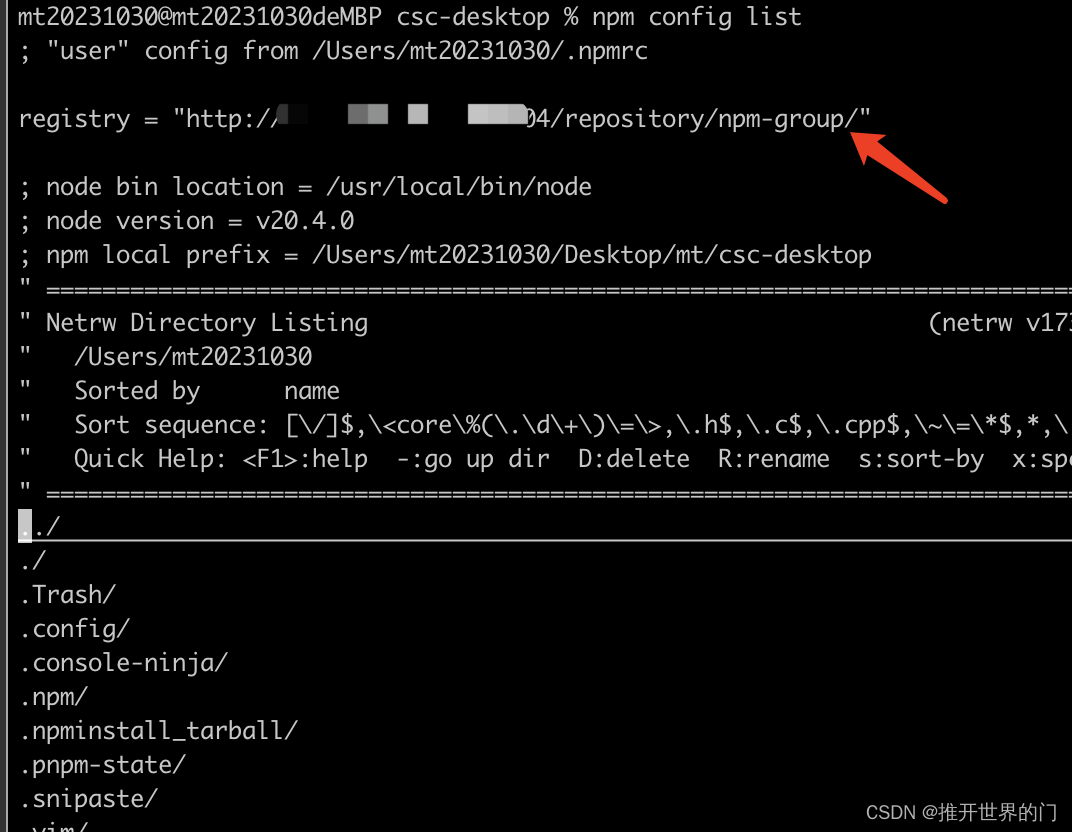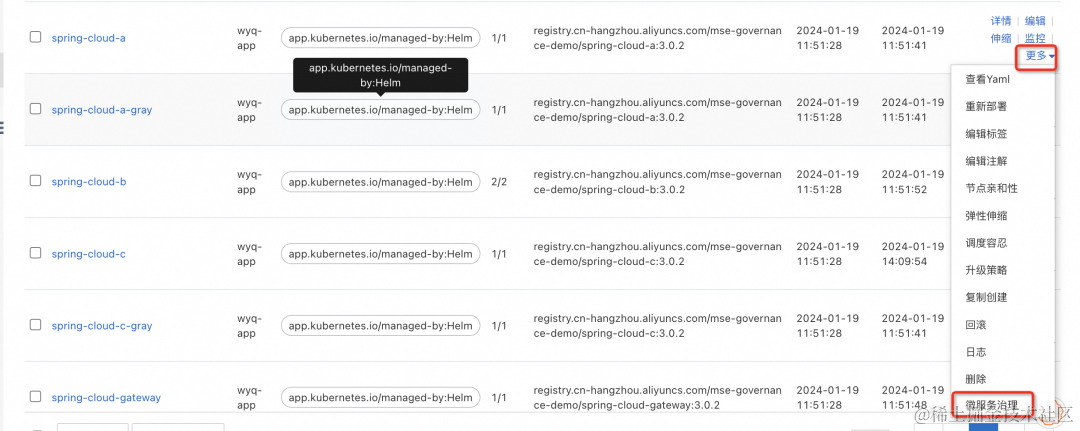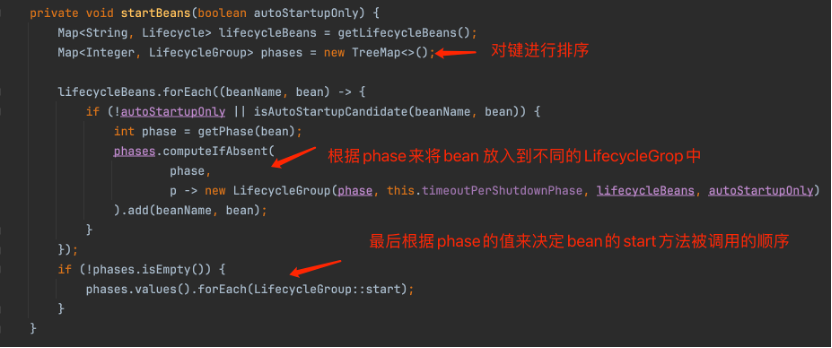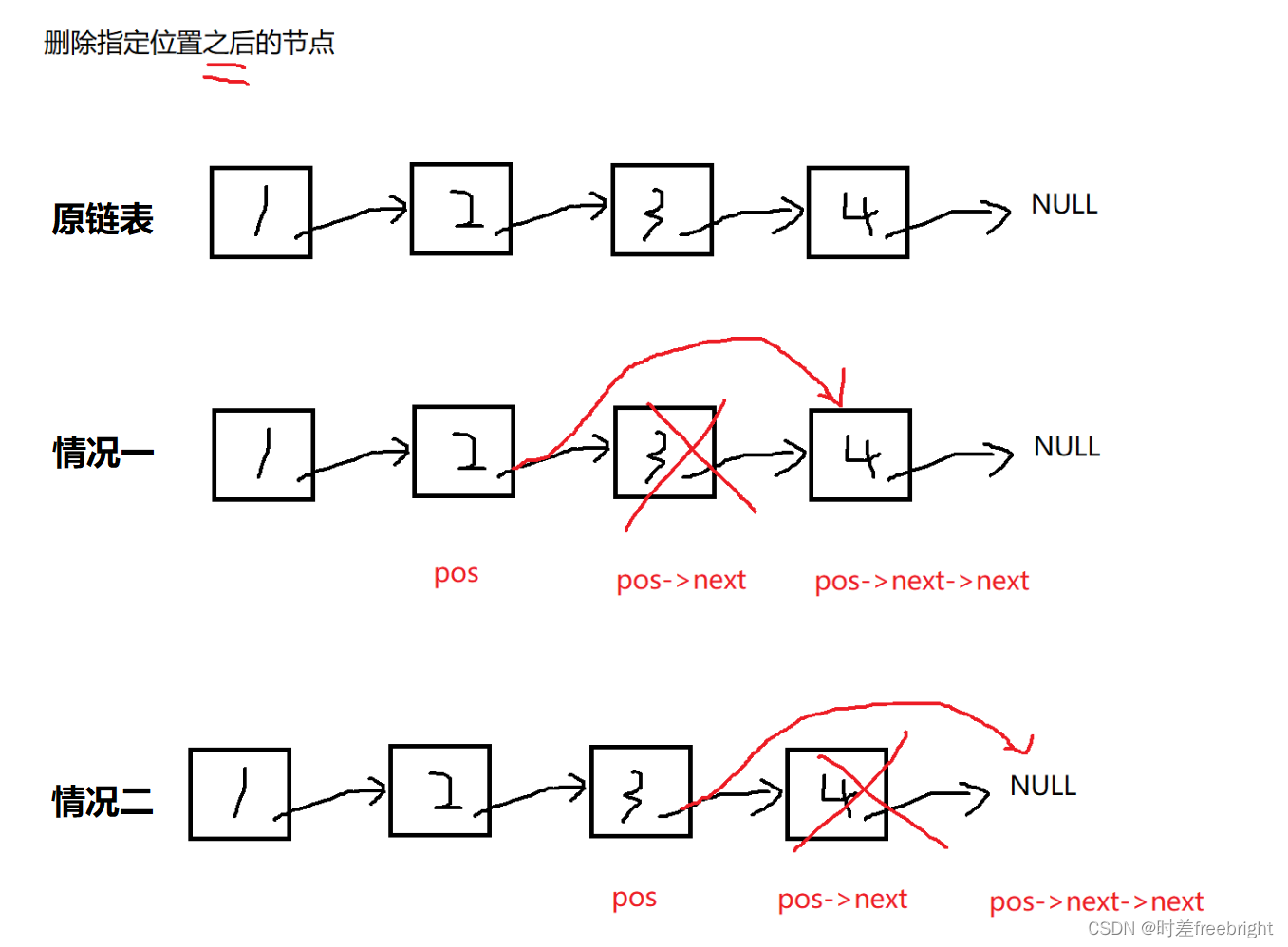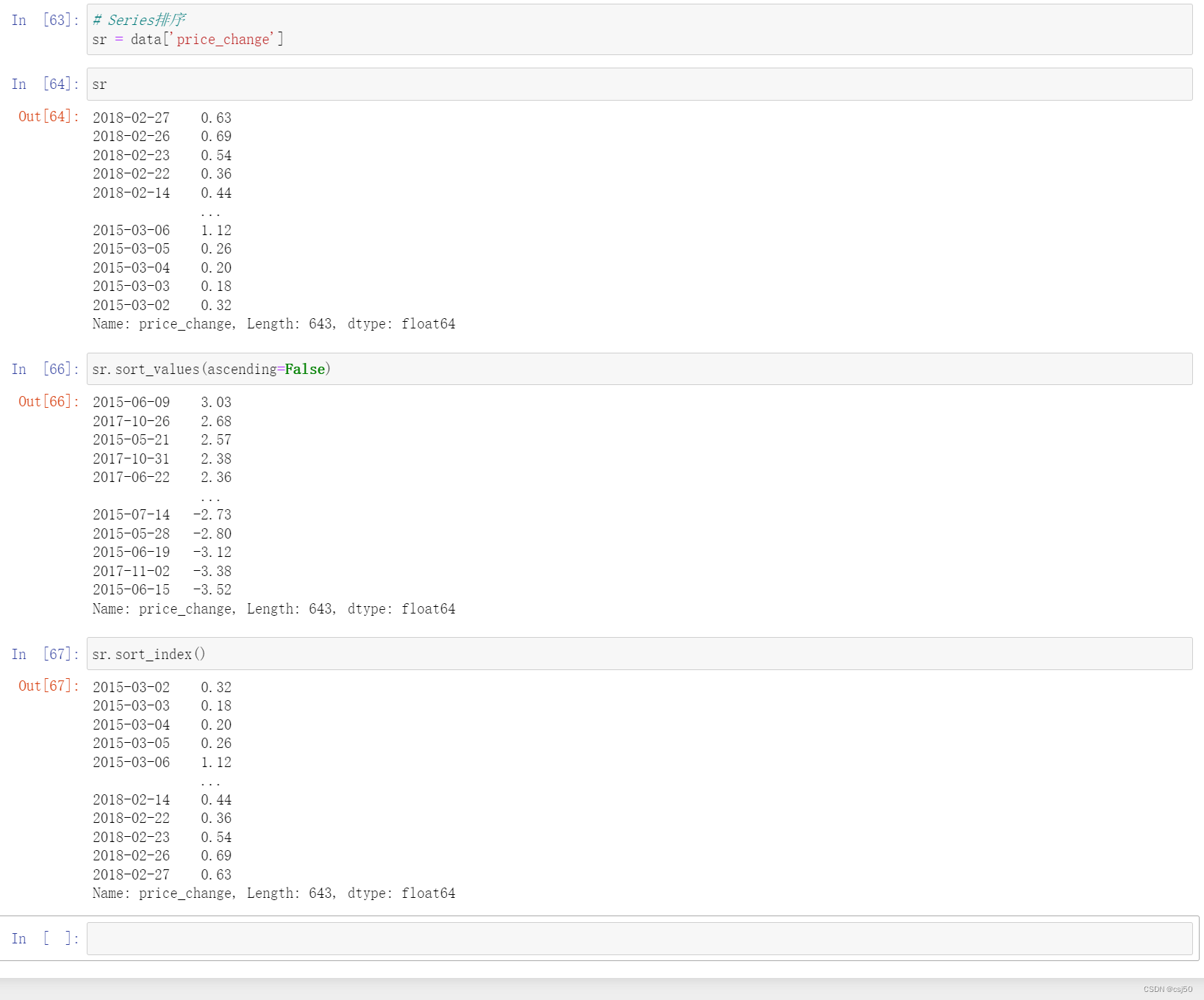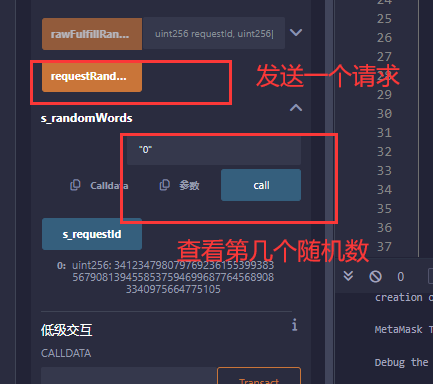目录
一.基于不同ip的虚拟主机
二.基于不同端口的虚拟主机
三.基于不同域名的虚拟主机
一.基于不同ip的虚拟主机
1.关闭 SELinux和防火墙


2.在/data目录中创建三个目录,分别为nginx1、nginx2 和nginx3,具体名为:

3.分别在三个目录中创建index.html,并输入内容“hello, nginx1" 、“ hello, nginx2" 和
“hello,nginx3” ,具体命令如下:

4.新建配置文件vhost.conf,并输入以下内容:
1)切换到主配置目录:

2)新建vhost.conf文件:

3)添加server信息:
server {listen 192.168.233.139:80; #监听的ip及端口server_name localhost; #域名location / { root /data/nginx1; #文件目录位置index index.html; #网页文件名}
}server {listen 192.168.233.140:80;server_name localhost;location / {root /data/nginx2;index index.html;}
}server {listen 192.168.233.141:80;server_name localhostlocation / {root /data/nginx3;index index.html;}
5.在虚拟机中添加ip地址:
1)添加ip:

2)启动网卡:

3)检查配置文件语法:

4)重新加载配置文件:

6.访问网页

二.基于不同端口的虚拟主机
1,2,3同ip的配置
4的1,2同ip的配置
4.3vhost.conf文件:
server {listen 80; #监听的端口server_name localhost; #域名location / { root /data/nginx1; #文件目录位置index index.html; #网页文件名}
}server {listen 81;server_name localhost;location / {root /data/nginx2;index index.html;}
}server {listen 82;server_name localhostlocation / {root /data/nginx3;index index.html;}
5的3,4同ip的配置
6.访问网页

三.基于不同域名的虚拟主机
1,2,3同ip的配置
4的1,2同ip的配置
4.3vhost.conf文件:
server {listen 80;server_name www1.nginx.com;location / {root /data/nginx1;index index.html;}
}server {listen 80;server_name www2.nginx.com;location / {root /data/nginx2;index index.html;}
}server {listen 80;server_name www3.nginx.com;location / {root /data/nginx3;index index.html;}
}5.域名配置

添加域名:

6.同5的3,4
7.访问网页








